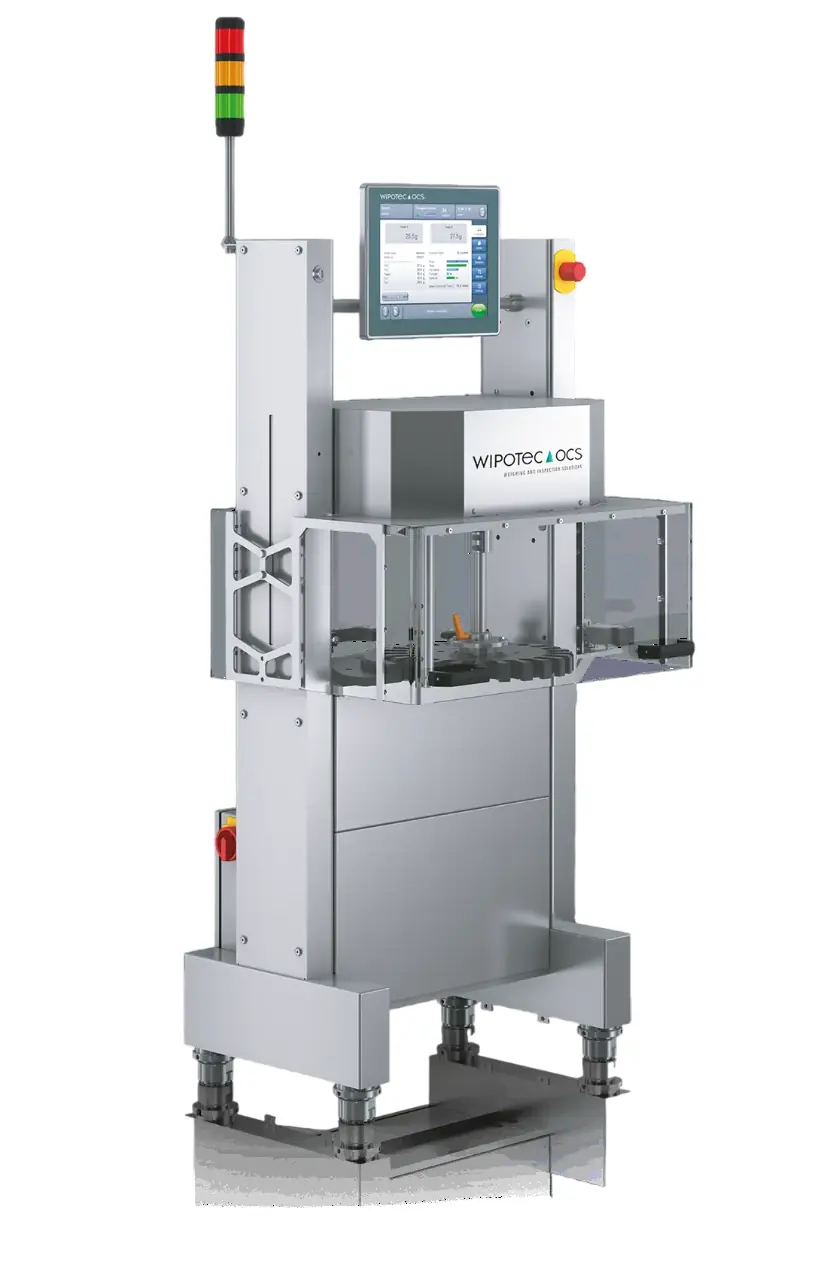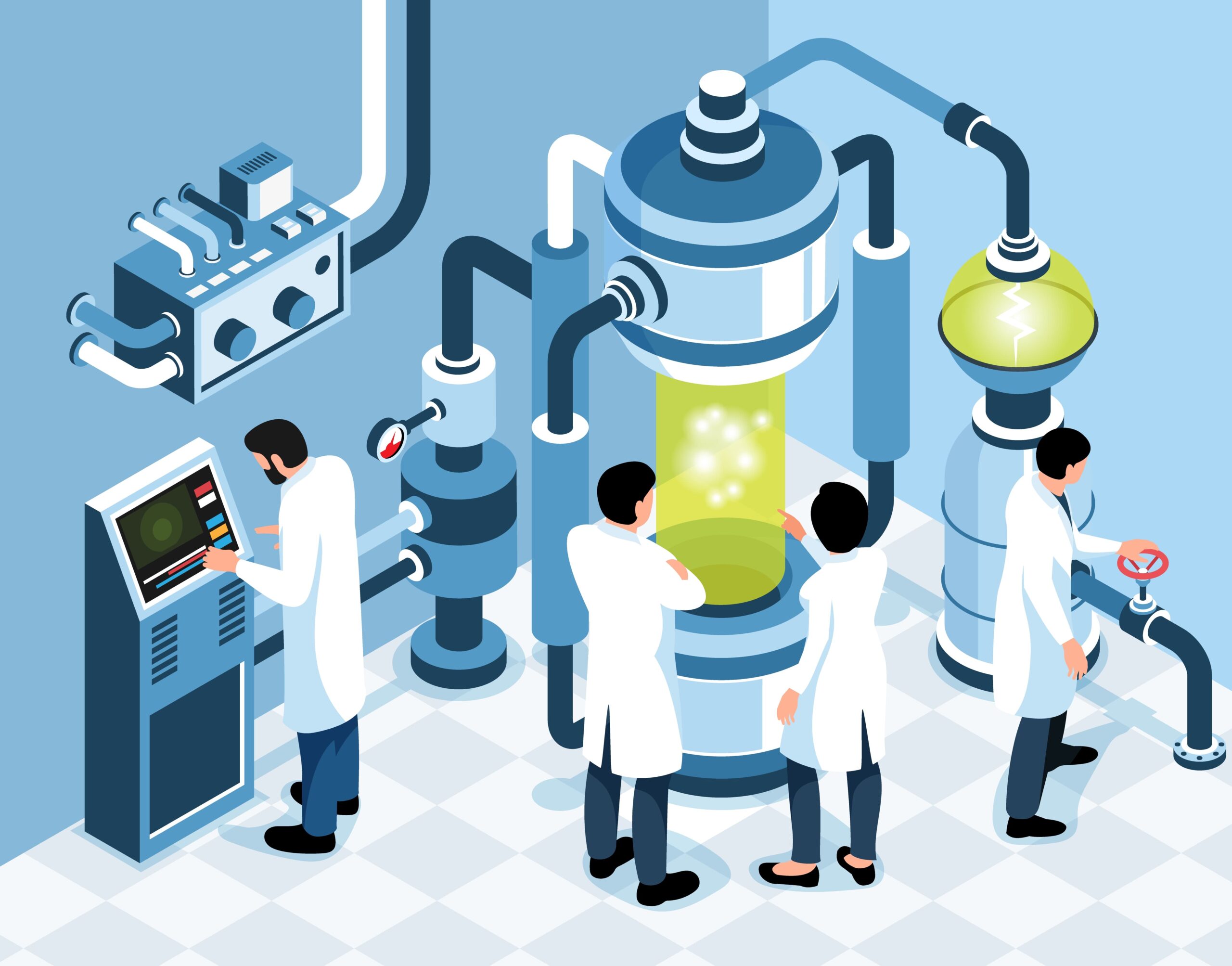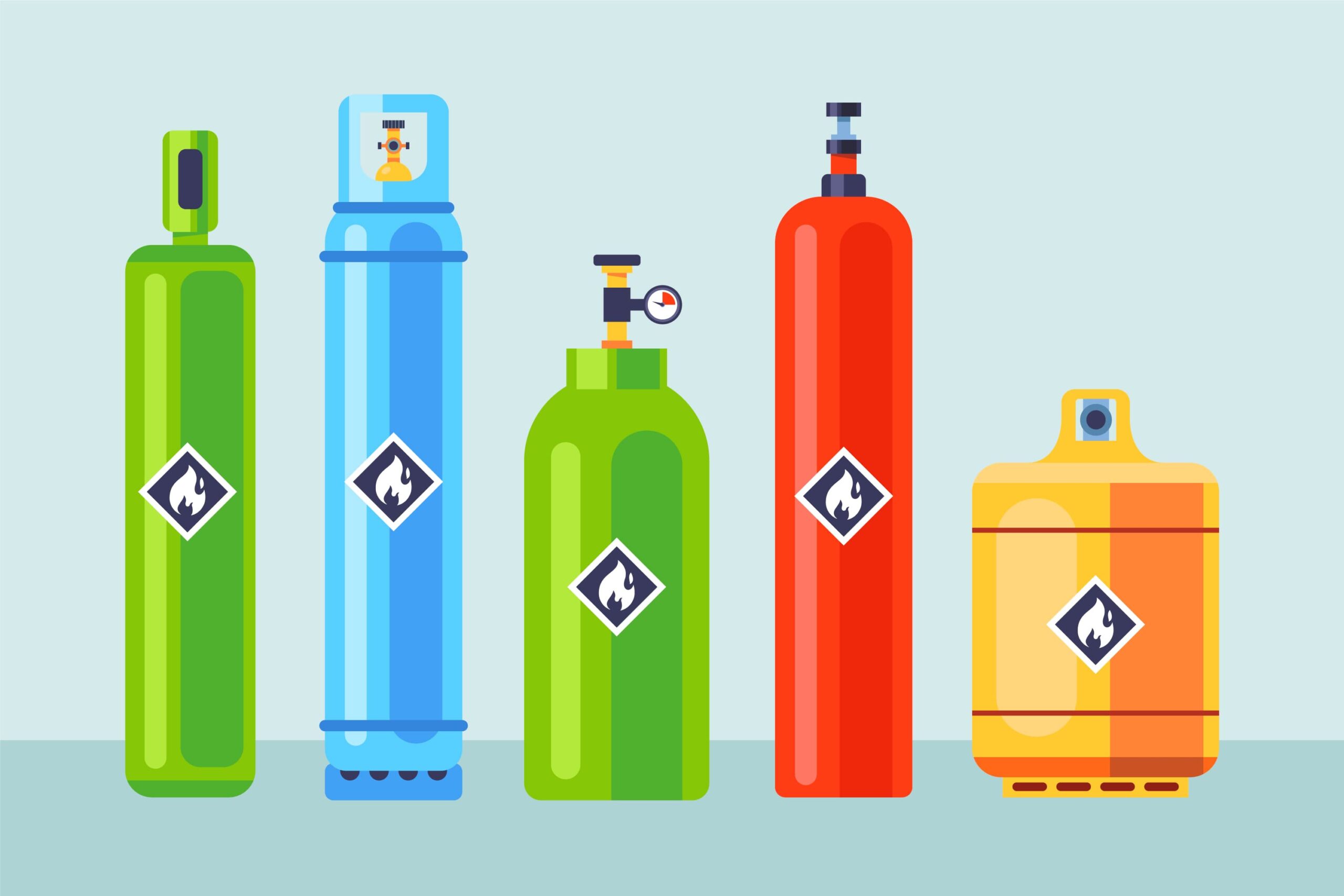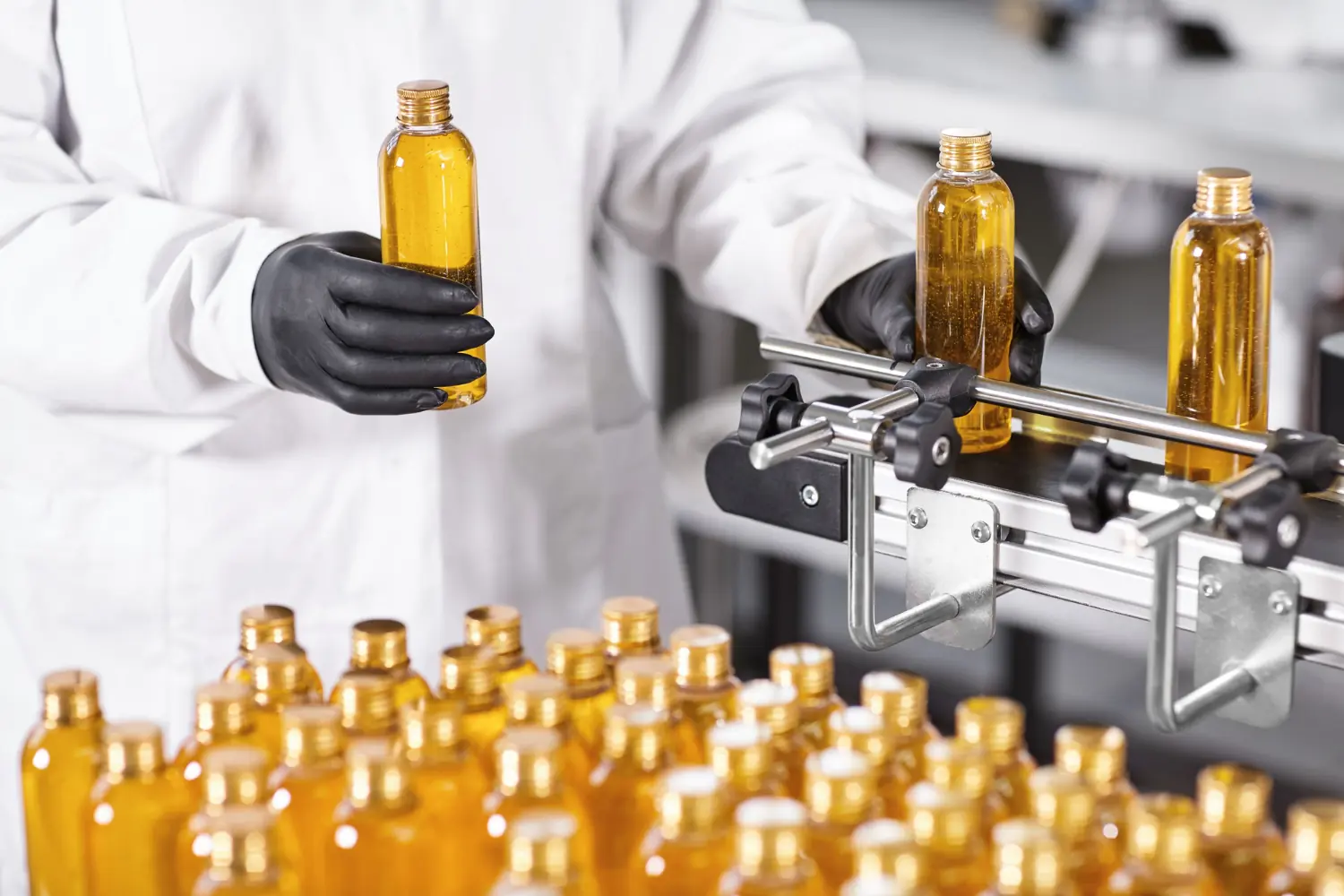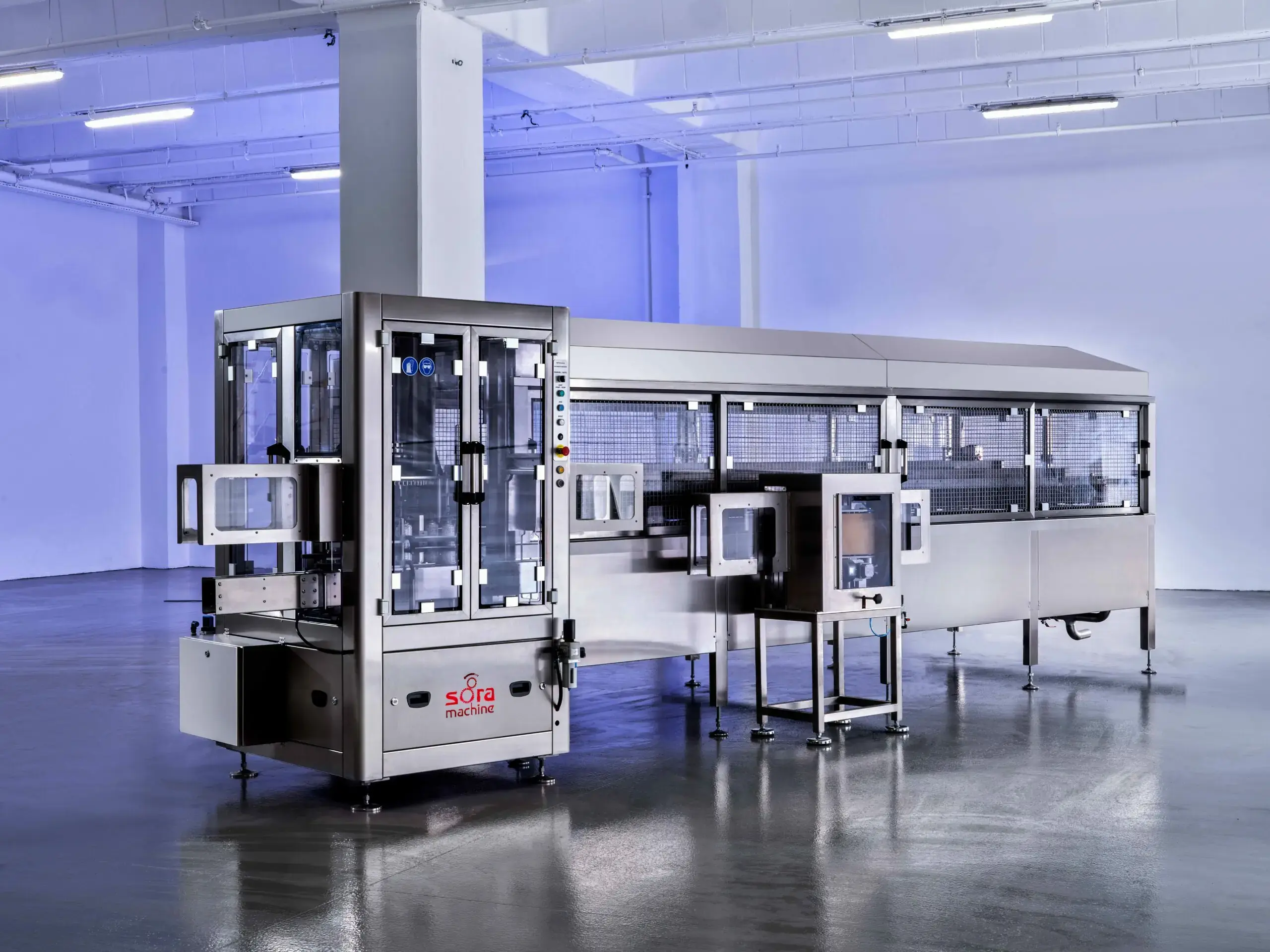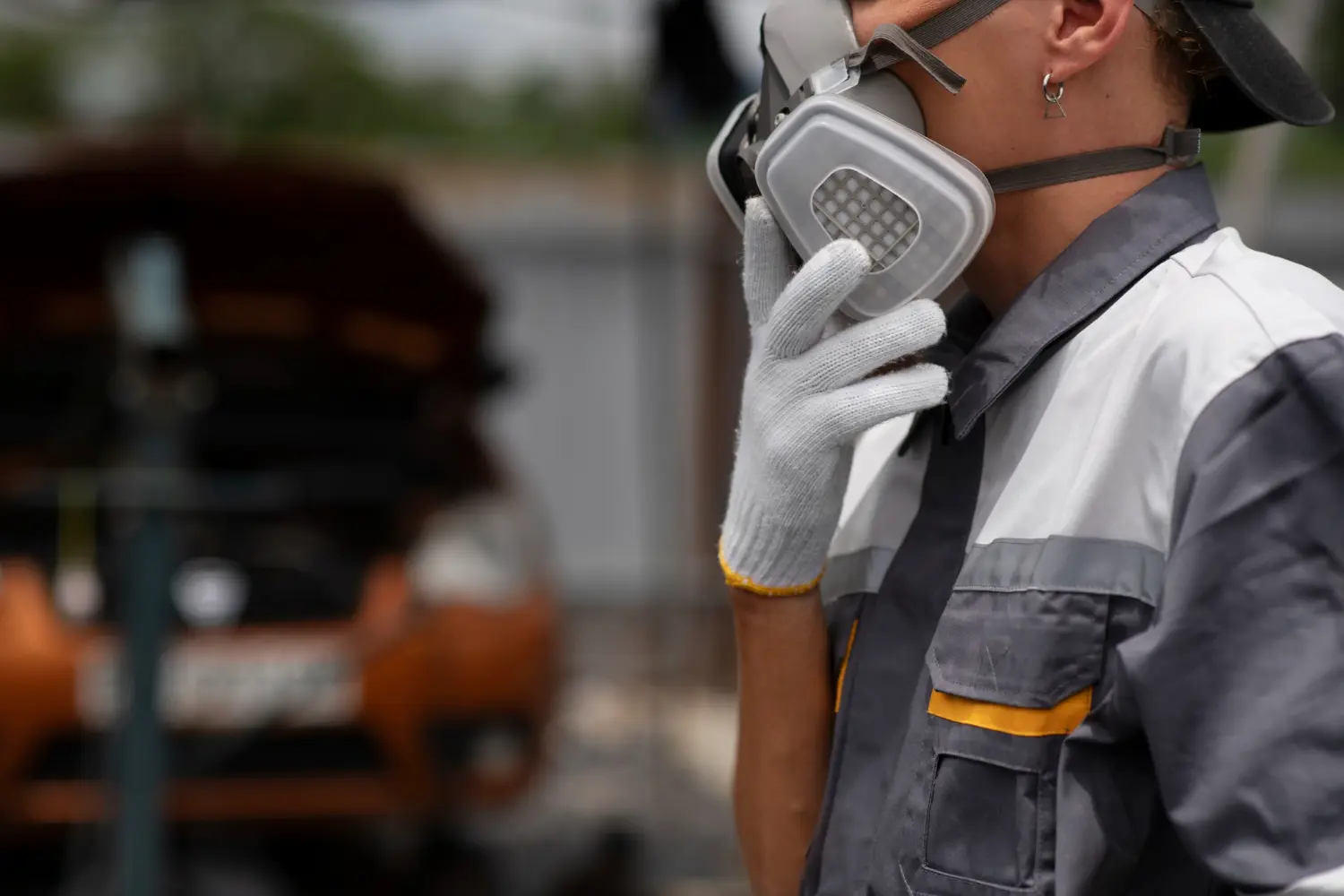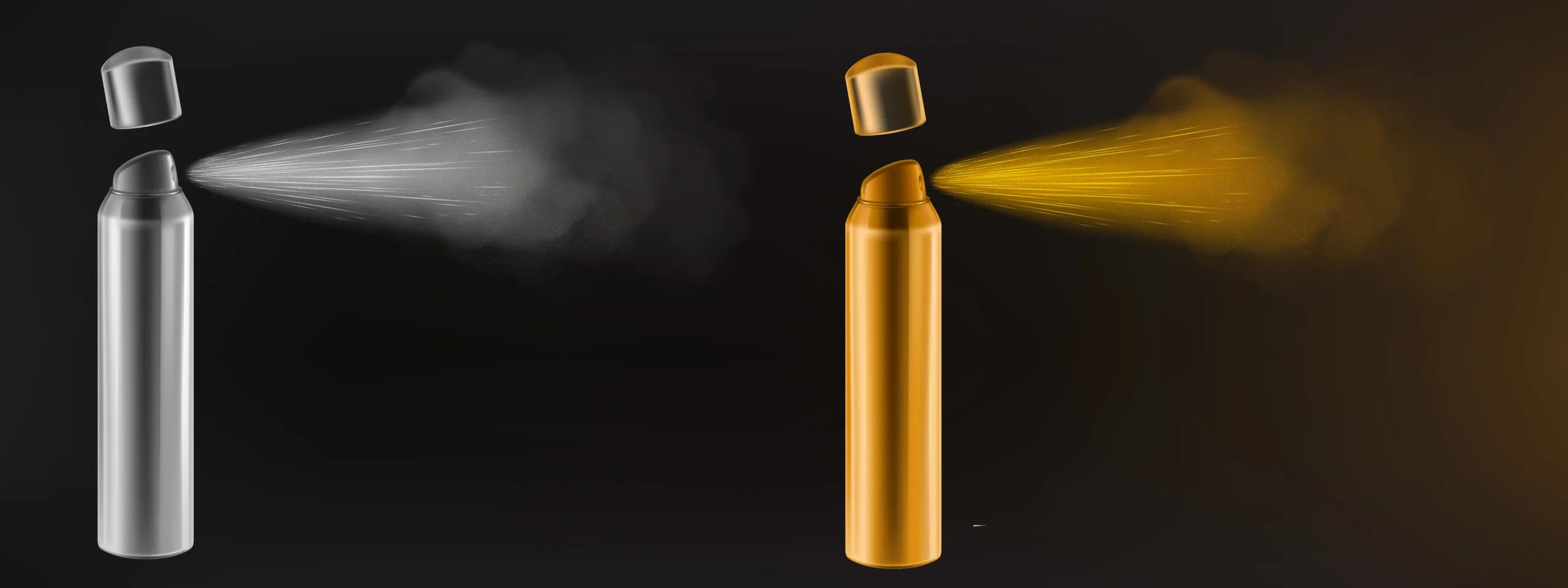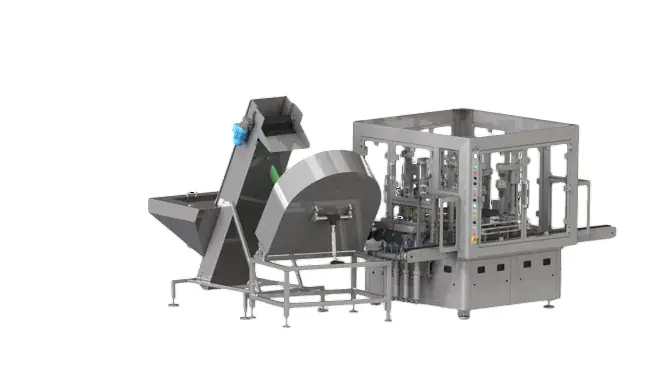Aerosol packaging, though essential in many industries, is often associated with certain health and safety risks, especially for operators working on the production line. While aerosols are an essential part of our daily lives, from cleaning products to personal care items, their packaging involves the use of pressurized containers that require specific handling procedures. To ensure that aerosol packaging is performed safely, companies need to focus on improving ergonomics, reducing physical strain, and implementing safety protocols. This not only protects the workers but also ensures that the packaging process remains efficient and compliant with occupational health and safety standards. In this article, we will explore how to package aerosols while safeguarding operator safety, focusing on ergonomics, workstation design, the use of personal protective equipment (PPE), and accident prevention strategies.
What is a Food Grade Aerosol and Which Products Does it Cover?
A food grade aerosol refers to any aerosol product that is intended for direct or indirect consumption and must meet specific food safety regulations. These products often come in pressurized cans and use propellant gases to release the contents in a controlled manner.
Which Materials Should be Used in Gas and Valve Systems That Come into Contact with Food?
In food grade aerosol production, the materials that come into contact with food, including gas systems and valves, must be carefully selected to ensure safety and compliance with regulations. These materials should be:
- Non-reactive: They must not react with the food product or affect its taste, aroma, or quality. Commonly used materials include stainless steel, food grade plastics, and silicone.
- Corrosion-resistant: Since aerosols are often stored under pressure, corrosion-resistant materials are essential to prevent contamination.
- Easy to clean and sanitize: Materials should allow for easy cleaning to prevent bacteria or food residue buildup, ensuring hygiene.
Using materials like stainless steel and specialized food grade plastics ensures that the product remains safe for consumption and prevents contamination.
Which Hygiene Standards Must Food Grade Filling Machines Meet?
Hygiene is of paramount importance in food grade aerosol filling. The machines used must meet strict hygiene standards to avoid contamination. Some essential hygiene standards include:
- Good Manufacturing Practices (GMP): Machines should comply with GMP, ensuring they are designed for easy cleaning and are made from materials that don’t harbor bacteria.
- HACCP Compliance: The filling process should follow Hazard Analysis Critical Control Point (HACCP) guidelines to identify, evaluate, and control food safety hazards.
- Sterility: Filling machines must be sterile or designed to maintain product sterility during the filling process.
- Sanitary Design: The equipment must be designed to prevent contamination and ensure easy access for cleaning.
These standards are necessary to maintain the highest levels of hygiene and safety in food grade aerosol production.
How Should the Propellant Gases Used for Food Aerosols Be Selected?
The selection of propellant gas is critical in food-grade aerosol filling, as it must be safe for consumption and compatible with the product being filled.
It’s important to choose propellants that are food-grade certified to ensure the safety of the final product. The propellant should not only be safe but also compatible with the liquid contents to prevent reactions or spoilage.
How Does Filling Line Design Affect Food Safety?
The design of the filling line plays a critical role in ensuring food safety. A well-designed filling line helps to maintain product quality, prevent contamination, and meet food safety standards. Some considerations in filling line design include:
- Automation and Control Systems: Automated systems reduce the risk of human error and ensure consistent product quality. These systems can control temperature, pressure, and filling volume, ensuring the proper conditions for food-grade aerosol production.
- Dedicated Equipment: Using dedicated equipment for specific food products reduces the risk of cross-contamination between different product lines.
- Airflow and Ventilation: Proper airflow and ventilation in the filling area help maintain a clean environment, reducing the risk of contamination from airborne particles.
By incorporating these design elements, manufacturers can create a filling line that ensures both efficiency and safety.
Why Are CIP (Clean-In-Place) Systems Mandatory for Food Aerosols?
CIP systems are essential in food-grade aerosol production to ensure that all parts of the equipment are cleaned without being disassembled. These systems provide several key benefits:
- Efficiency: CIP systems allow for thorough cleaning of pipes, valves, and filling stations, reducing downtime and improving production efficiency.
- Consistency: CIP ensures that the cleaning process is consistent and thorough, preventing residue or contamination buildup.
- Food Safety: By automating the cleaning process, CIP systems help maintain hygiene standards and reduce the risk of cross-contamination.
For food-grade aerosol filling lines, CIP systems are crucial to maintaining hygiene and ensuring product safety.
How Are HACCP and GMP Compliance Ensured in the Filling Process?
HACCP and GMP are both integral to ensuring food safety during the aerosol filling process. Here’s how they can be integrated:
- HACCP Implementation: HACCP guidelines should be followed to identify potential hazards, such as microbial contamination or product adulteration, and to put control measures in place. This could include temperature controls, pressure regulation, and contamination risk monitoring.
- GMP Practices: GMP ensures that the manufacturing environment is suitable for food production, that materials are properly stored, and that equipment is regularly maintained and cleaned. It also includes ensuring that staff are trained in food safety procedures.
These frameworks ensure that the entire production process—from filling to packaging—is conducted in a manner that preserves food safety.
What Should Be Done to Prevent Cross-Contamination in Food-Grade Aerosol Production?
Preventing cross-contamination is crucial in food-grade aerosol production. Here are some steps that can be taken:
- Dedicated Equipment: Assign specific equipment to each product type to avoid the risk of cross-contamination.
- Regular Cleaning and Sanitization: Strict cleaning schedules and sanitization protocols should be in place to ensure that no residue from previous batches remains.
- Air Filtration Systems: Install high-efficiency particulate air (HEPA) filters in the filling area to reduce airborne contamination.
- Employee Training: Ensure that employees are trained in the importance of hygiene and the steps to take to prevent contamination.
By maintaining strict hygiene and operational protocols, manufacturers can effectively reduce the risk of cross-contamination.
How Are Packaging Materials Selected from a Food Safety Perspective?
Packaging materials for food-grade aerosols must also meet strict food safety standards. Some considerations include:
- Food-Safe Materials: Materials such as food-grade aluminum and BPA-free plastics should be used for packaging to ensure that they do not leach harmful substances into the product.
- Barrier Properties: Packaging should have adequate barrier properties to prevent contamination from external factors like moisture or light, which can affect the quality of the aerosol product.
Selecting the right packaging materials ensures that the product stays safe and retains its quality throughout its shelf life.
How Should Post-Filling Quality Control and Testing Processes Be Conducted?
Post-filling quality control and testing are essential to ensure that the final product meets safety and quality standards. These processes may include:
- Leak Testing: Checking the integrity of the aerosol can to prevent leaks and ensure that the product is sealed correctly.
- Weight and Fill Level Checks: Verifying that each can contains the correct amount of product.
- Microbial Testing: Conducting tests for microbial contamination to ensure that the product is safe for consumption.
By conducting thorough quality control and testing, manufacturers can ensure that food-grade aerosols are safe, high-quality, and compliant with food safety regulations.
The production of food-grade aerosols requires a highly controlled process that meets stringent hygiene, safety, and regulatory standards. By focusing on materials, design, hygiene practices, and compliance, manufacturers can produce aerosol products that are both safe for consumers and in line with industry regulations.
